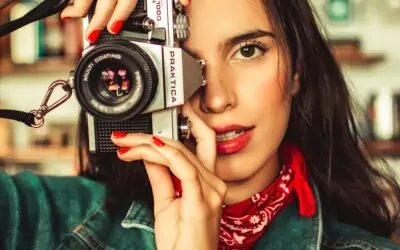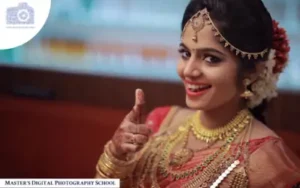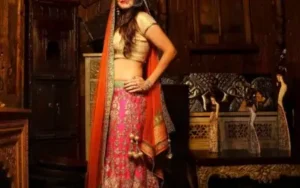Many people aspire to be fashion photographers but to pursue fashion photography as a career, you need to put up with the passion and dedication to achieve your goals, and the best way to start is to gain a better knowledge and understanding of all of it from fashion photography courses. If you’re thinking about pursuing this career, keep reading because we’ve got a lot of top tips and creative ideas to become a fashion photographer:
Understand Fashion :
A fashion photographer should have a basic understanding of fashion and the ability to operate a camera. Thorough knowledge of the subject will benefit your career greatly like:
- The evolution of fashion
- Fashion from many eras and periods
- Artists, designers, and image-makers
- Terminologies used in the fashion industry
- Hairstyles and cosmetics
- Documentaries and fashion films
- Recent developments in the industry
Many photographers attempt to photograph fashion without first understanding it; it’s obvious. Don’t let a little reading keep you from producing better work. The majority of materials on these subjects are now readily available on the internet, and to learn more; you can opt for fashion photography in Mumbai.
Keeping lighting simple
Although lighting can make or break a photograph, this does not need expensive professional lighting equipment. For most shots, you can only utilise one light source and a white reflector. Beginners frequently make the mistake of becoming engrossed in attempting to construct highly complex lighting schemes with several flashes. This, if anything, aggravates the situation; that’s why consider the following:
- Pick your site.
- Assess what you have to work with.
- Consider how to illuminate it.
Avoid mixing light :
You can rarely mix strobe light with daylight; if you can shoot only in daylight with just a reflector to enhance it, try it, it gives better results. But If you do need extra light, which is very unusual, use either constant artificial light or a strobe; but never mix the two.
Apply the Rule of Thirds :
The rule of thirds is a valuable tool for ensuring that your composition is balanced; so, how do you put that into practice? To begin, mentally divide your frame into nine equal-sized squares, similar to a tic-tac-toe grid. Put your subject in any of the spots where the lines connect to make a balanced composition. You may get this grid in your camera settings, as almost every camera these days has a grid-line feature to help you compose your photographs.
Simply move your camera till your subject is in one of the intersections on the screen after activating it on your device.
The rule of thirds comes in handy when you’re unsure where to put your model, and your composition will considerably improve if you keep to it, and with a lot of practice, you won’t even need to switch on the gridlines in your camera after a while; it’ll come naturally.
Make a Counter balance :
As you can see, achieving balance is the key to a successful composition; however, you may be obliged to place your subjects in unknown locations on occasion.
If this happens, you can fix your composition with a counterweight. To achieve balance or symmetry in your image, you can include another component in the frame as a counterbalance.



